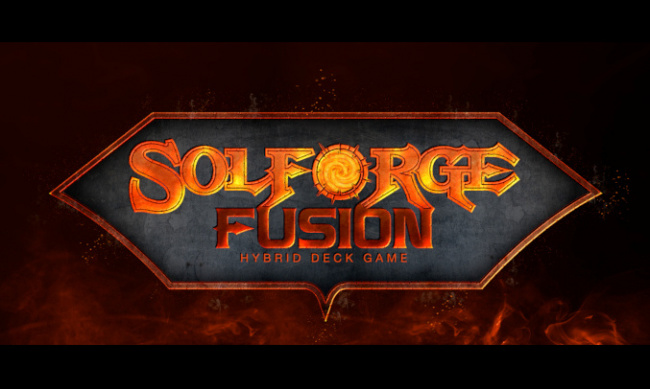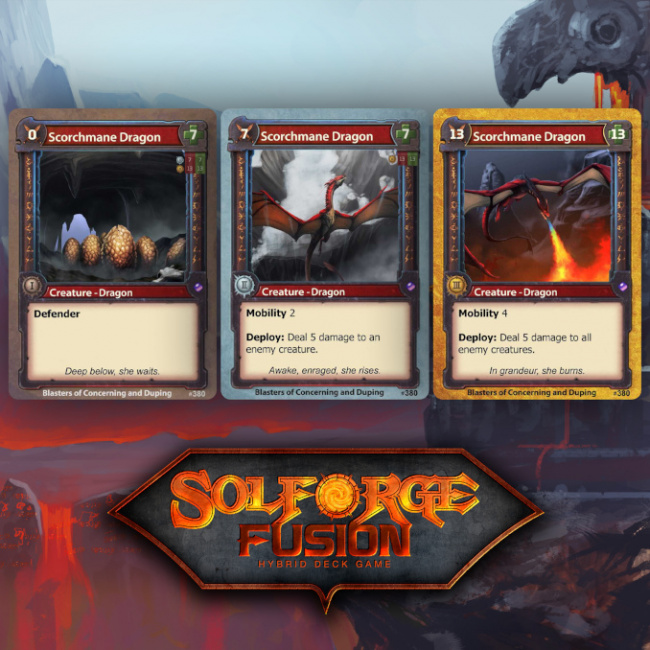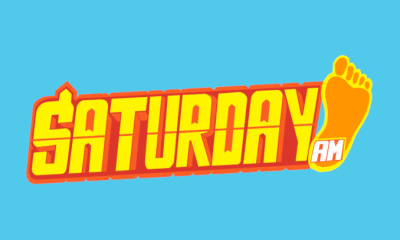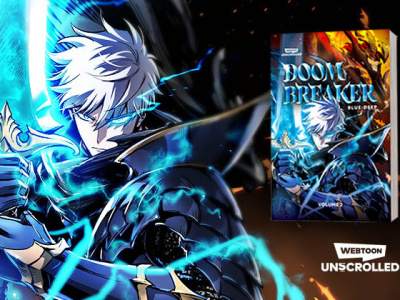Sponsored. SolForge Fusion is the world’s first Hybrid Deck Game, created by Richard Garfield (creator of Magic: The Gathering) and myself (creator of the Ascension Deck Building Game). In a Hybrid Deck Game, each faction deck of cards is 100% unique and you customize your deck by combining any two different faction decks.
This prevents you from just copying some deck you see online, but still gives you the ability to customize and take ownership of your play experience. In addition, our algorithm ensures that you don’t need to spend your time chasing after rare cards hoping to keep up with your friends who buy more packs than you. Each deck is designed to have internal synergies and play patterns that you can explore over countless.
That’s the good news.
The challenge we faced as designers, in order to deliver on that promise, was building an algorithm that makes sure decks are reasonably balanced against each other and that there are enough synergies to make playing a combination of any two decks interesting. The game needs to be fun for someone that just buys a single starter kit as well as for the player who buys hundreds of booster kits.
One of the key lessons we learned in this process is that cards can’t be judged in isolation. They can only be judged by how they operate within each faction deck. Moreover, as Richard pointed out during one team brainstorm session, traditional concepts of rarity and faction identity don’t apply in a game like this. In a traditional TCG, if you introduce even one good card at a certain theme (e.g., a card that destroys creatures), then that faction immediately becomes about that theme because players will all collect and play that one good card.
In a Hybrid Deck Game, however, a card that is good at a theme but rare will still have to be played in the context of all the other cards that come with it, forcing a player to make tradeoffs between gaining access to the desired card versus other cards that they want in the faction. This forced a huge shift in our way of thinking and opened up the door to a lot more design space, including allowing a small percentage chance that any card could "jump factions" and appear in a deck that otherwise would never have access to it!
In addition, we had to find a way to make sure that cards that showed up in a deck had a purpose. There is nothing worse than finding a powerful Zombie Lord in your deck with no zombie minions to command. To solve this, we engineered our algorithm to search for these cards and ensure that there were always synergies for players to find in each half deck. Beyond that, we made sure that each faction had at least some hooks that would play into another faction’s mechanics. So, for example, even though the undead Nekrium faction is home to the vast majority of Zombies, you can still hunt for a few in the other factions to help round out your Zombie deck.
I’m pretty sure that at this point, any sane development team would have stopped innovating, but Richard and I are always excited about pushing the boundaries of what is possible. In SolForge Fusion, every deck has a QR code that can be scanned in to your account and played on tabletop simulator. Stores can run sanctioned events through our free software on https://events.solforgefusion.com/, which will show up in our store locator whether in person or online, with each tournament’s results feeding into both player and deck rankings. In addition, players can participate in storyline events that change the future of the world of SolForge Fusion. We will share more details on that next week!
If you want to be a part of SolForge Fusion’s release, contact your distributor today. North American stores can contact Southern Hobby, PHD, or Prince Distribution ahead of our September 22 launch date!

By Justin Gary
Posted by Sponsor on August 22, 2022 @ 2:02 am CT
MORE GAMES
Company Invests Further in 'Flesh & Blood TCG' Live Event Streams
June 30, 2025
Legend Story Studios has purchased Savage Feats, a live-stream production company.
'Akhelian Tide Guard'; Also, New 'Order Battletome: Idoneth Deepkin' Incoming
June 30, 2025
Games Workshop revealed Spearhead: Akhelian Tide Guard , a new Warhammer: Age of Sigmar boxed set.
MORE SPONSORED
Saturday AM is Back with More Manga!
June 27, 2025
Saturday AM announced a slew of projects designed to highlight their popular diverse list of manga titles.
Order 'Doom Breaker' Vol. 2 Today!
June 25, 2025
Doom Breaker is perfect for fans of Solo Leveling. This WEBTOON Unscrolled graphic novel is the story of a man sent back in time to prevent the apocalypse.










